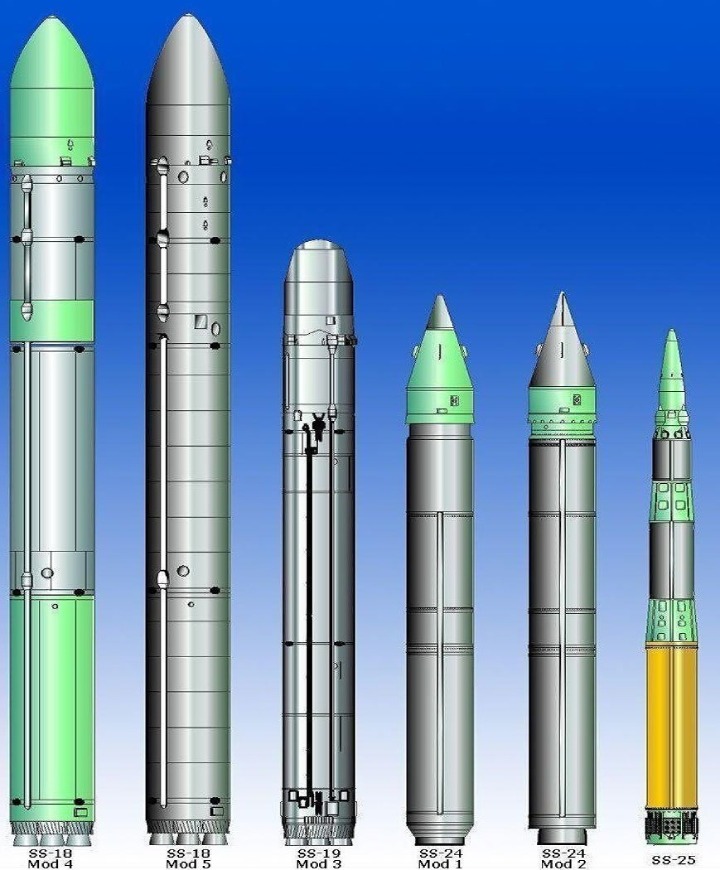Russia launched thousands of cruise and ballistic missiles against Ukraine during the full-scale conflict’s first half-year. both killed individuals when they were aimed at military and civilian targets.
Its missiles, both ballistic and cruise, constitute a considerable number of those marketed in Russia as high-precision, with claims of a potential circular deviation from the target of up to twenty meters. However, as the military and analysts note, it is challenging to confirm this information.
Russian missiles fail to be ‘high-precision’ and hit civilians targets
Russian missile attacks have sad results and constitute war crimes. A Kremenchuk shopping mall was struck by an X-22 in June, killing 21 people. These missiles, which were intended to attack aircraft carrier groups, hit civilian targets. A missile of this type would deviate in a circle by 500 meters.
A study on the use of Western electronics in Russian weapons was released in August by the British Royal Defense Research Institute (RUSI). The study’s authors were able to locate 27 Russian military systems, where they discovered 450 components from the USA, Japan, Taiwan, Germany, and other nations.
Although a part of the international sanctions on Russia has been in effect since 2014, dual-purpose components, i.e. for military uses, were discovered, including pieces of the Kalibr, Kh-101, and 9M727 missiles from the Iskander complex.
Russia depends on foreign components for its missile production
According to the report, the Russian military has created sophisticated inertial and navigation sensors to steer the missile while traveling at low altitudes and escaping anti-aircraft missiles to achieve target impact. The GLONASS and GPS guiding unit are the important sensors present on the 9M727 and the X-101. KB “Navis,” the developer, has evaded Western sanctions despite providing vital technology for the country’s missile development.
“In the future, Russia will be able to resume production, but they will have poor guidance, problems with range, not such a combat-capable warhead, and so on. What we see in many cases with sanctions against countries is that the systems become less combat-ready. Whatever Russia restores over time, it probably won’t be of the same quality as it is now,” says Michael Boehnert, an American engineer at the RAND think tank.
The Satan-2 intercontinental nuclear missile test was recently announced by Putin. The missile is reported to be able to strike Britain in 6 minutes while traveling at a speed of 16,000 miles per hour and carrying more than ten warheads. What characteristics does the Sarmat missile have?

R-36M (SS-18 Satan) nuclear-capable missile
Soviet intercontinental ballistic missile R-36 (ICBM). The West assigned it the SS-9 Scarp designation. It was the prototype for the whole R-36 family of Soviet ICBMs, which subsequently developed from it. In January 1971, the R-36 missile underwent its first cold-launch tests. This first model, known as the Mod.1, could transport a solitary nuclear warhead with a blast yield of 18–25 MT. This missile has an 11,200 km range.
Later, the R-36 evolved into the more advanced R-36M, also known as the SS-18 Satan in the West, which could transport a MIRV payload of ten warheads. Each has a yield of 550–750 kT. A single 20 MT warhead could also be carried by the R-36M missile. This missile’s development got underway in 1969. In 1973, the first test launch of it took place. The first batch of 56 missiles was deployed in 1977, but later, more modern Mod.3 and Mod.4 versions took their place.
Satan-18 technical characteristics
Satan-18 versions are all silo-launched. Silos are spread out in various places. The command point and silo launcher are protected from nuclear blasts.
The missile is fired out of the container when it is launched. Tens of meters in the air, the primary engine is fired. The Satan missile demonstrated dependability throughout time as the majority of launches were successful.
The satan-18 missile can reach targets in the US
To reach targets in the United States, the R-36M can use a variety of trajectories over the North or South Poles. The R-36M is a particularly effective missile, mostly due to its rapid speed and enormous throw weight. It has a capacity of up to 40 decoys and 10 MIRVs. So it’s tough to intercept this rocket. These spoofs would make anti-ballistic missile systems believe they were dealing with warheads, necessitating the engagement of additional targets and rendering defenses inefficient.
Let’s recall that Russian President Vladimir Putin stated in the summer that the first complex, “Sarmat,” will be in active combat by the end of this year.
Dmitry Rogozin, the head of Roscosmos at the time, boasted in May that the Russian Armed Forces will soon acquire nearly 50 Sarmat missiles, and he suggested that the West should be more diplomatic with the Russians.
Moscow does not stop to threaten the entire world while trying to impose its vision and its conditions for peace through terror attacks on Ukraine and continuous nuclear blackmail. The whole civilized world should find ways to stop it, avoiding any disastrous nuclear escalation.

